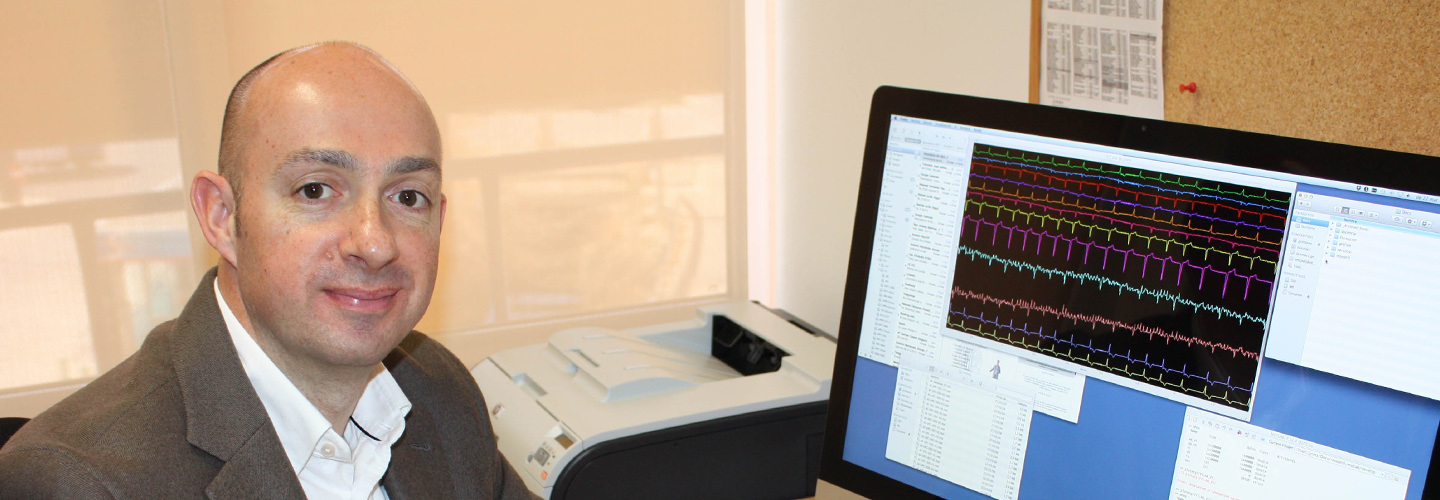A team of researchers that includes members of the Campus Gandia of the Universitat Politècnica de Valencia and the University of Castilla La Mancha has developed a new software that improves the characterization of cardiac arrhythmias. The incorporation of this software into current clinical electrophysiology equipment will provide a clearer, more defined and undistorted signal in all types of arrhythmias, but fundamentally atrial fibrillation, the most common type of all
The implementation of this improved software could offer previously unknown information to cardiologists, resulting in improvements inclinical practice and, ultimately, in the treatment of arrhythmia. The study has been published in the Annals of Biomedical Engineering journal.
“Obtaining more realistic and reliable signals allows other method utilized for the assessment of the patient’s arrhythmic state using these signals as a basis, to refine and consequently obtain completely personalized information on the state of the arrhythmia and the possible therapeutic strategies that can be adopted,” says José Joaquín Rieta, research scientist at the Campus Gandia, participating in the development and coordinator of the Biosignals & Minimally Invasive Technologies group.
The researchers have conducted a study demonstrating how the current cardiac electrophysiology systems are processing signals in ways that can substantially alter the morphology of the records obtained.
The problem is that the filtering techniques they use may be inadequate, so if such records are subsequently used as a basis for the electrophysiological characterization of the patient, this can produce significant errors in the estimation of essential parameters on their arrhythmic state,” explains Rieta.
The software developed by the researchers of the UPV and UCLM avoid those errors. In fact, it reduces the distortion introduced by conventional electrophysiological acquisition systems by up to 40%.
“The method we have developed will enable more accurate analysis of the arrhythmia, which will result in a better characterization of its complex dynamics and, ultimately, better subsequent treatment. This is a further step towards the evaluation and personalized care of each patient’s arrhythmia condition, “concludes José Joaquín Rieta.
ABOUT ATRIAL FIBRILLATION
Currently, it is estimated that about 6 million Europeans and 700,000 Spaniards suffer from Atrial Fibrillation and it is estimated that its prevalence will double in the next 50 years due to the aging of the population. The current risk of atrial fibrillation for a person over the age of 40 throughout their lives is 25%.
In addition, the treatment of patients with atrial fibrillation accounts for more than 15% of healthcare expenditure in cardiovascular diseases. Por eso, la fibrilación auricular se está convirtiendo en un reto social, médico y de salud pública y se considera una enfermedad de atención prioritaria en los sistemas sanitarios del mundo desarrollado. For this reason, atrial fibrillation is becoming a social, medical and public health challenge and has become an illness which receives priority attention from health systems in the developed world.
Source: Luis Zurano, scientific communication unit of the Polytechnic University of Valencia
Follow him on Twitter @nadrazy | UPV Scientific Communication Blog
